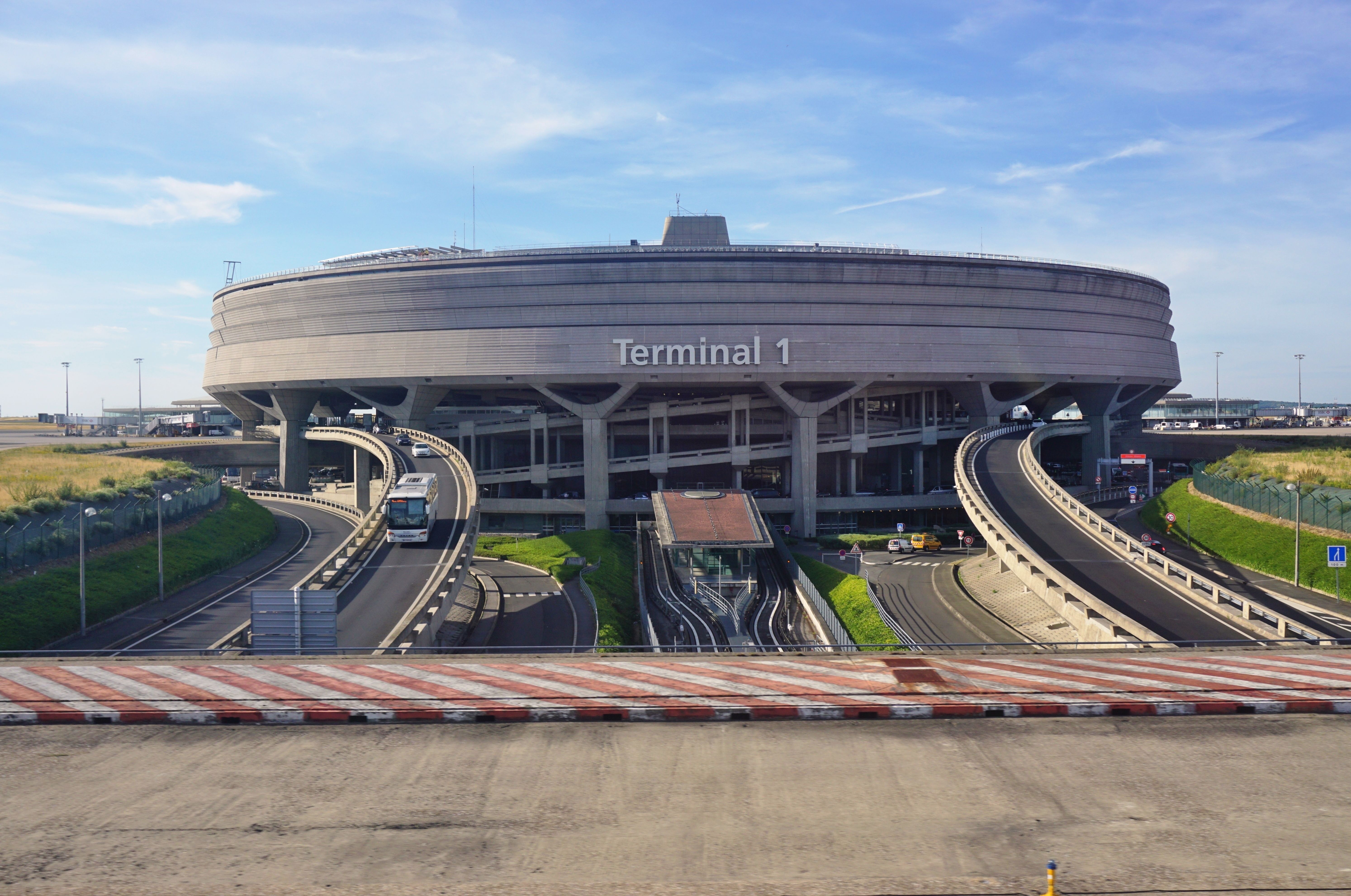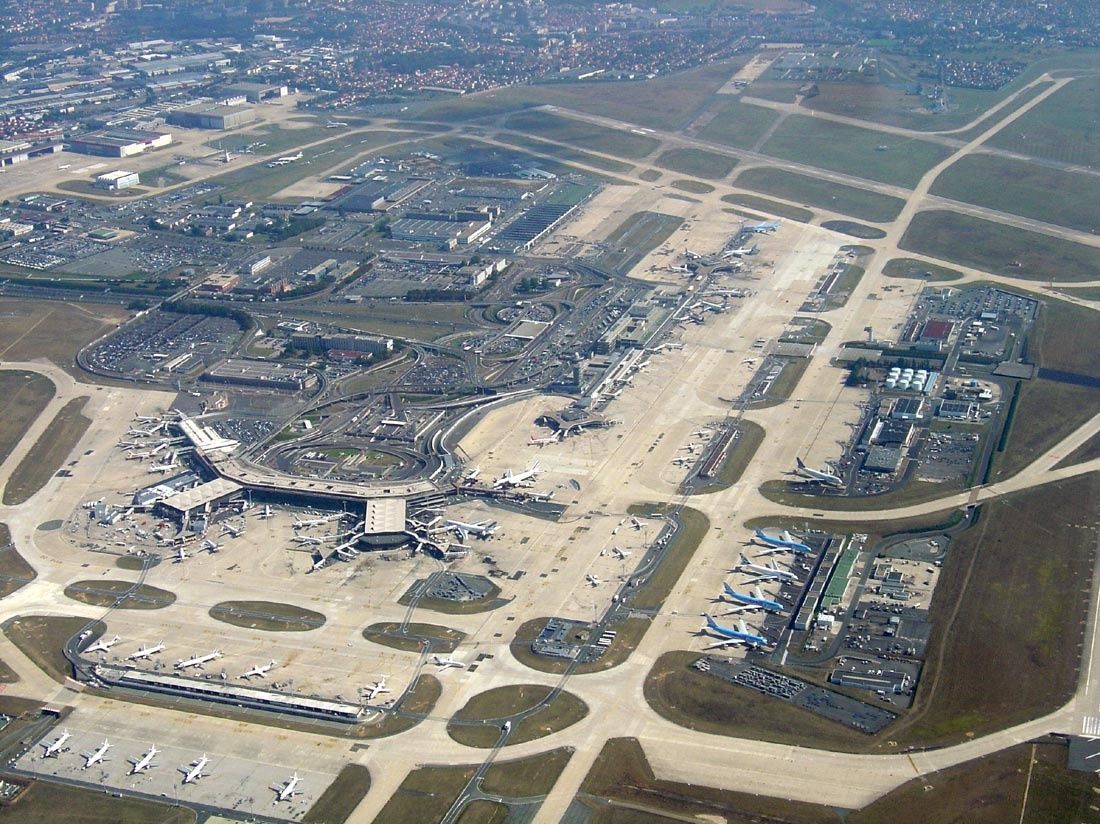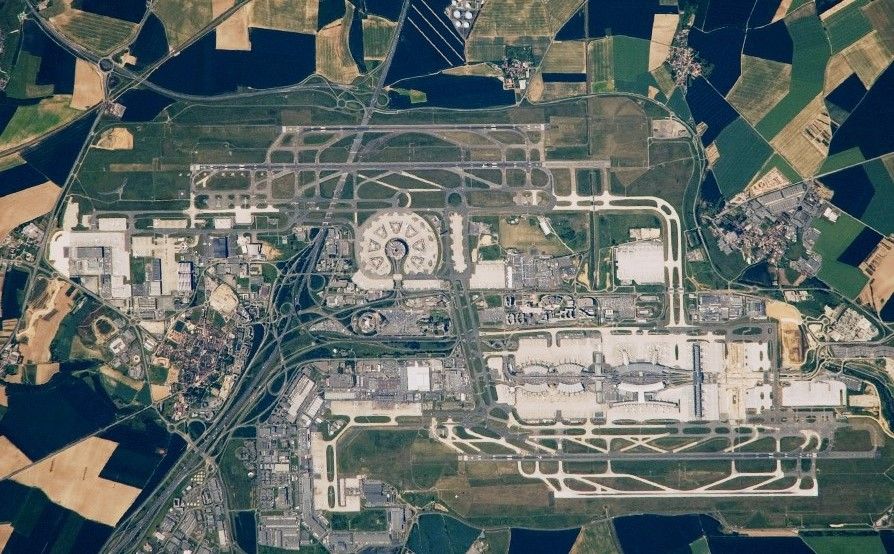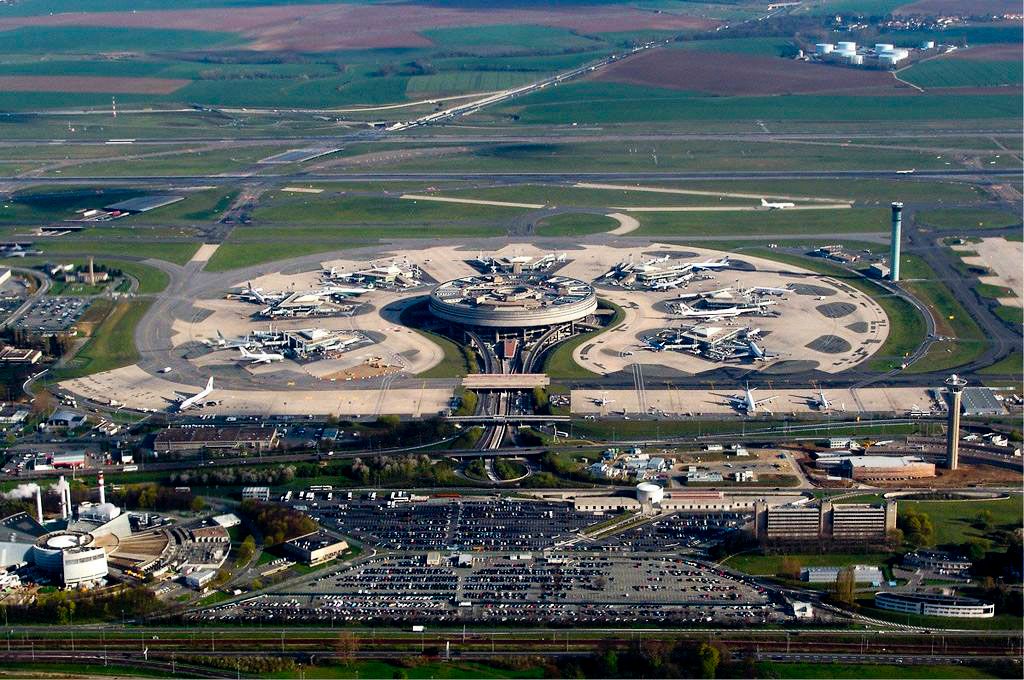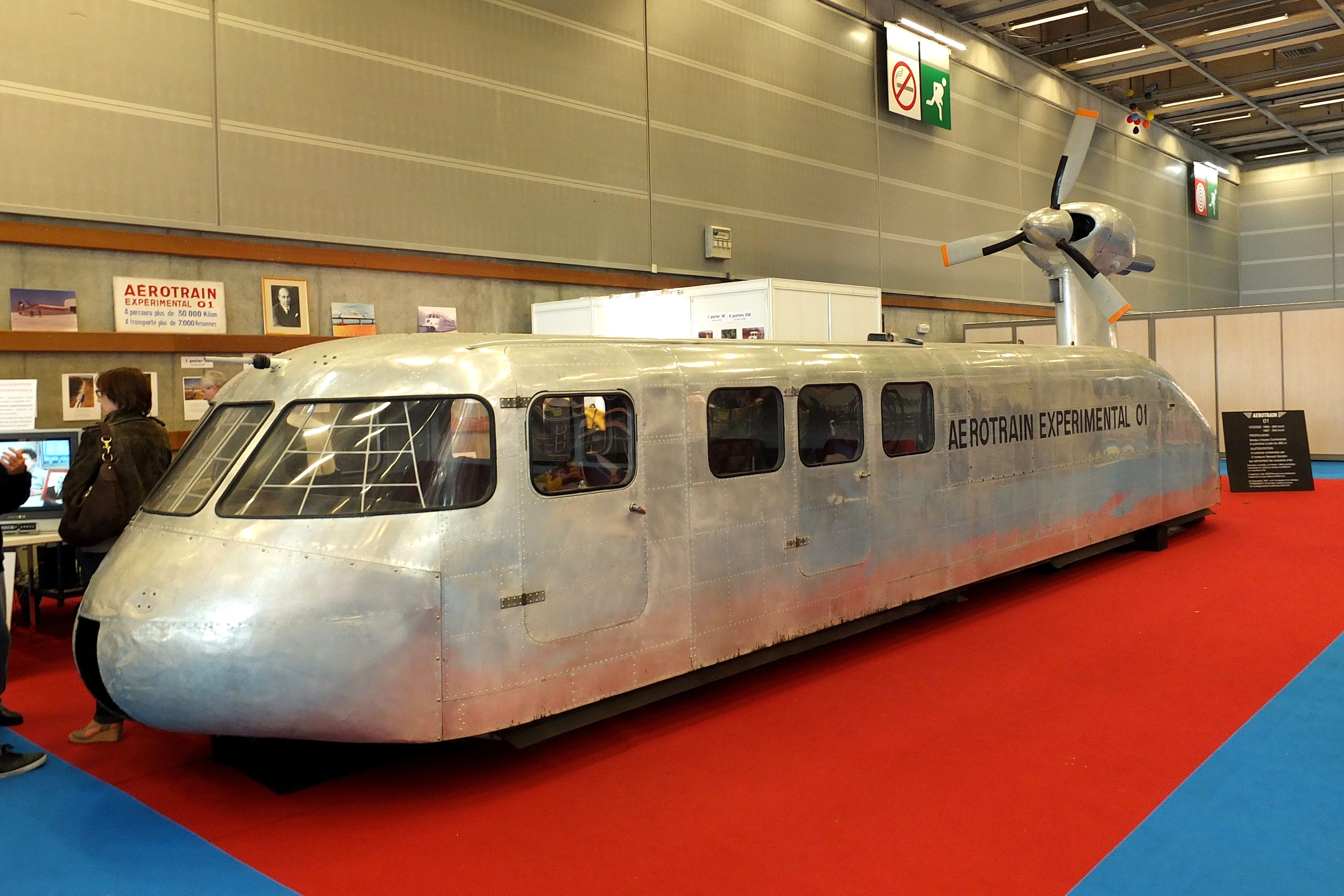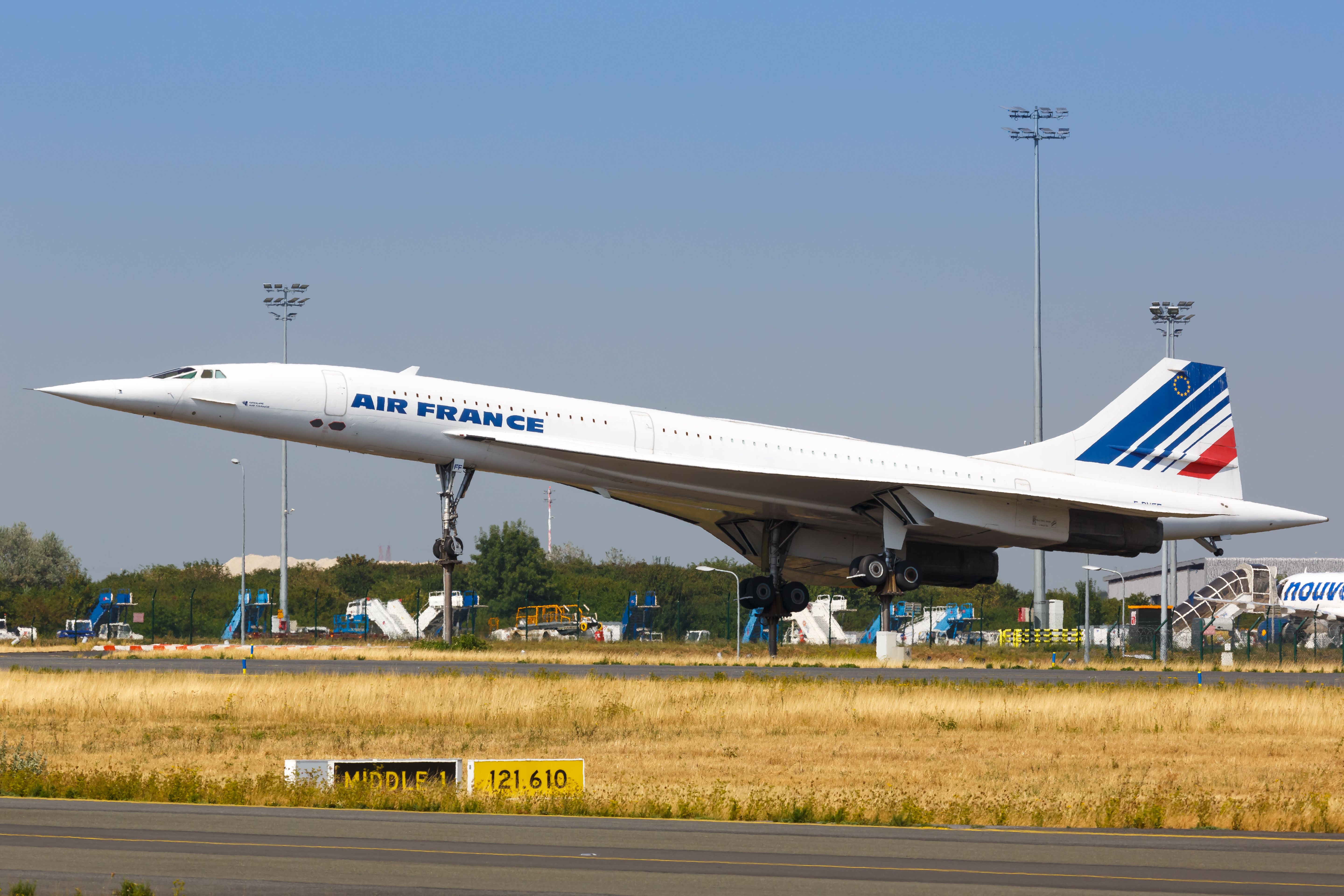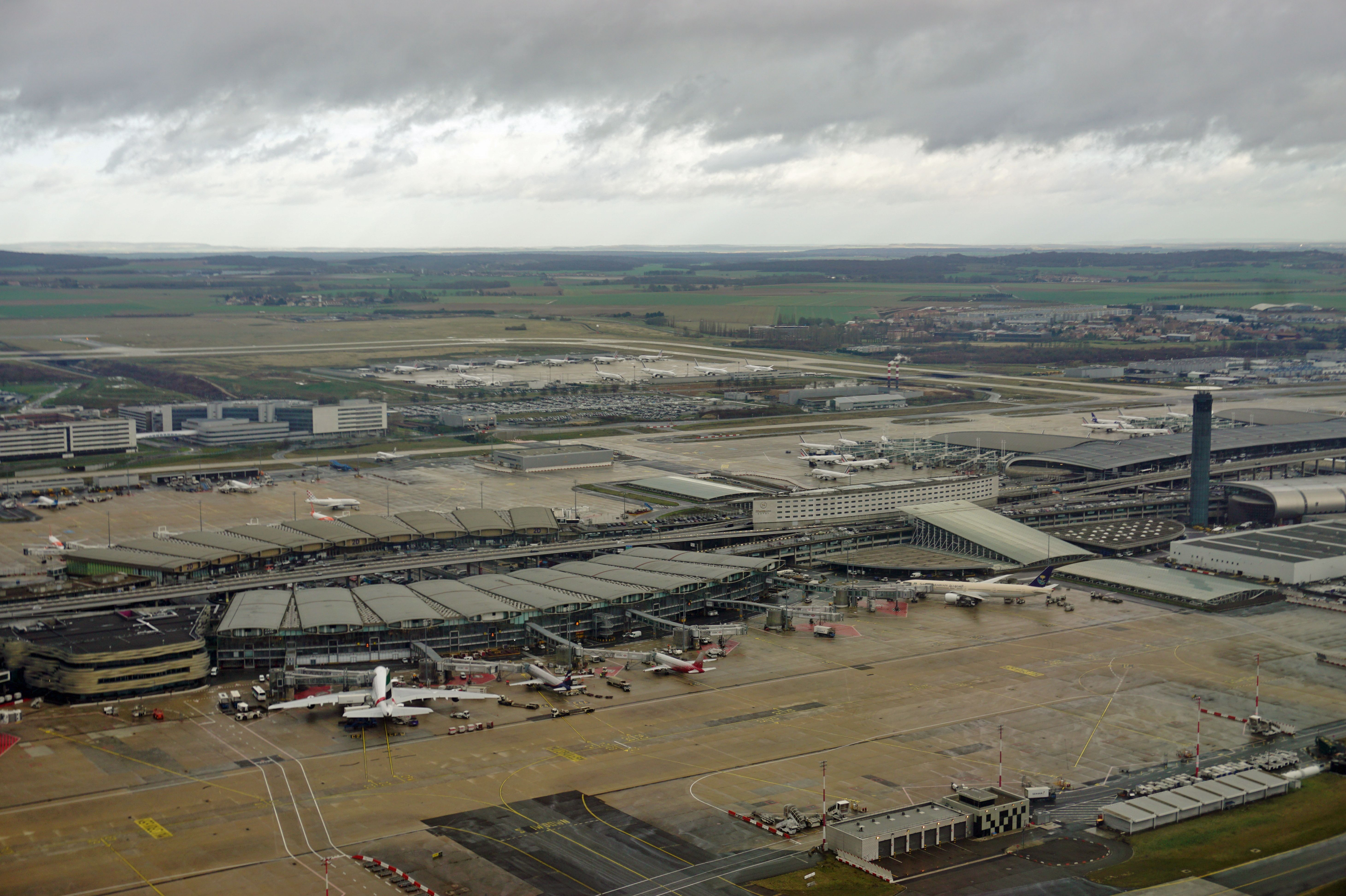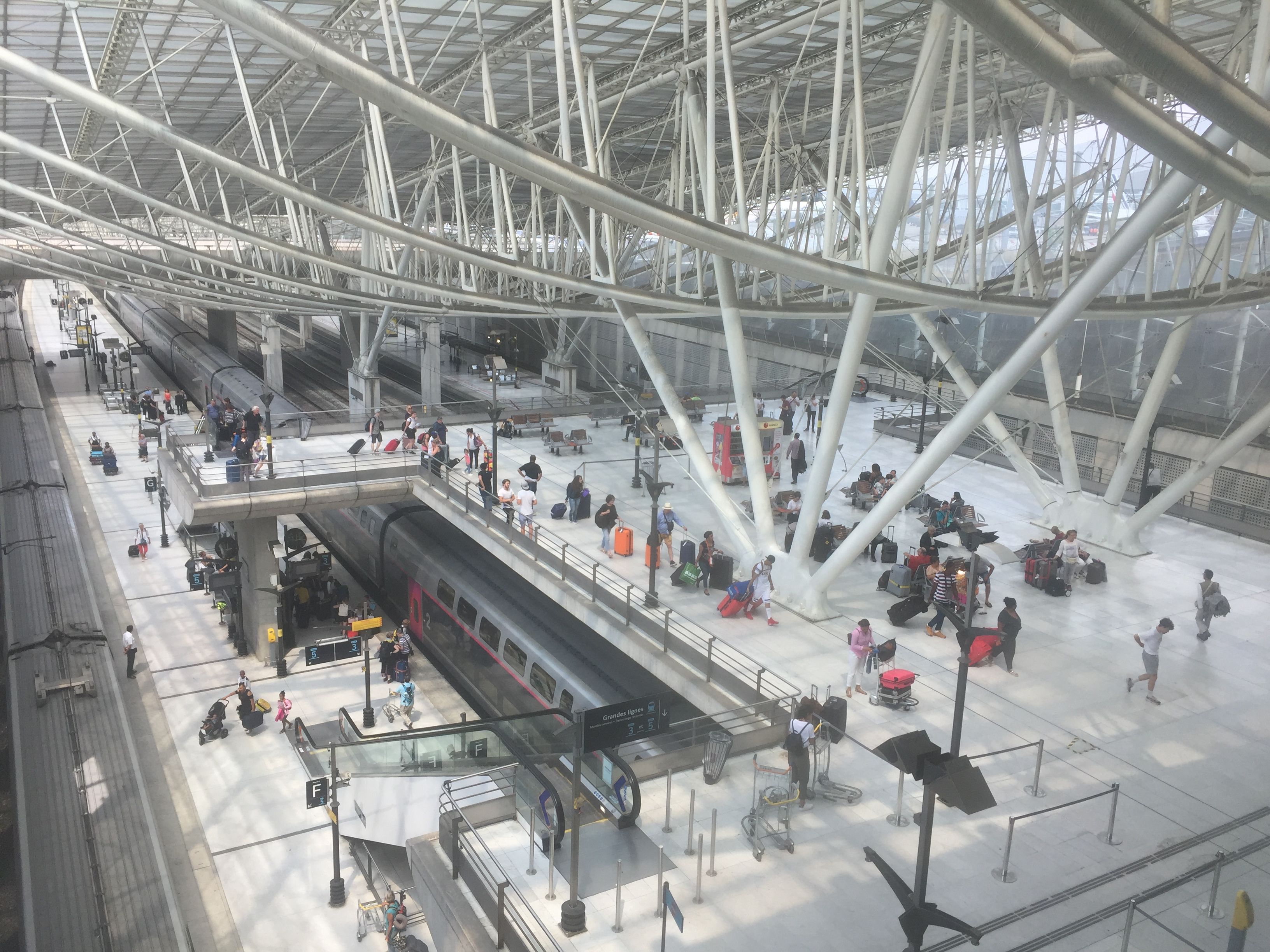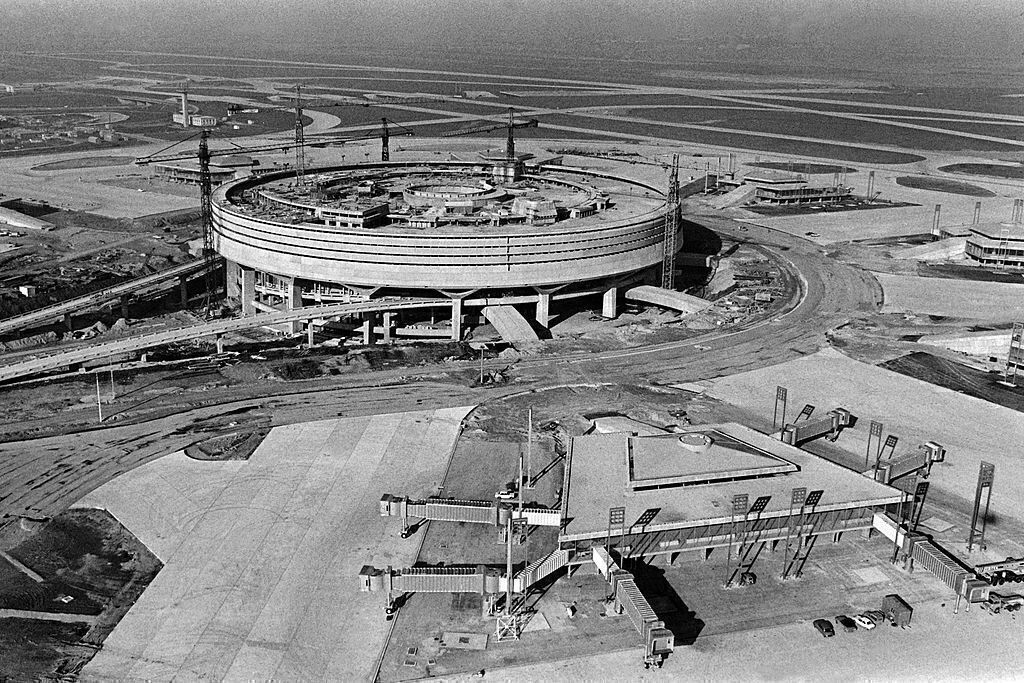Paris Charles de Gaulle Airport (CDG) is one of the busiest airports globally, but It has a much shorter history than other major European airports such as London Heathrow, Amsterdam, or Frankfurt. It opened in 1974 as the new airport to handle the continued growth in aviation and has expanded significantly since then.
Before Charles de Gaulle - Orly and Le Bourget
Paris' first main airport was Le Bourget, which opened in 1919. Orly (originally called Orly-Villeneuve Airport) followed this in 1932. And after military use by the German Army during the Second World War, it grew to take over as the city's main airport.
During the 1950s and 1960s, traffic at these airports rose significantly. Both Orly and Le Bourget handled increased traffic but were limited by their size and relatively urban locations. In 1952, Air France moved all operations to the less constrained Orly, but pressure was growing, and it was clear that a new airport would eventually be needed.
Both airports remain in use today. Of course, Orly is Paris' second airport, still well-used mostly for domestic and regional flights. And Le Bourget handles significant business traffic.
Stay informed: Sign up for our daily and weekly aviation news digests.
Opening a new airport for Paris
The search for a new airport location began in 1957. An area near the town of Roissy was selected, to the lesser developed northeast side of the city. This was mostly agricultural land, and very few buildings needed to be removed to complete the airport.
Construction of the airport, originally known as Paris-Nord Aiport, began in 1964. The name would soon change to match the nearby town of Roissy, and again after opening to Charles de Gaulle (after the former President who died in 1970).
Construction was planned on a large scale. The limitations of the previous airports were well acknowledged, and France was keen on large-scale development projects at the time (the La Defense business district project was started around the same time, for example).
Planning big
The site chosen for the airport was over 12.5 square miles. This is huge for a European airport (for comparison, London Heathrow occupies around 4.7 square miles).
The 747 was coming into service, so the airport was very much planned with large aircraft in mind. The two main runways were built 3,600 meters long, large taxiways were constructed, and plenty of space was left for additional terminal construction. This space was still an advantage decades later when the A380 was introduced. It has been much easier to integrate at Charles de Gaulle than at Heathrow, for example.
Opened in 1974 - with one terminal
Charles de Gaulle airport opened in 1974. It offered one runway and one main terminal (still Terminal 1 today). This terminal was a revolutionary, avant-garde design at the time and highly functional.
The circular 'octopus' design opened onto seven satellites or 'docks' surrounding it. This was designed to maximize use while also keeping walking and transit times (from car to aircraft) low. And airport functions were 'stacked' with separate levels for car parking, arrivals, departures, and offices/administration. These were connected with a series of ramps and escalators.
The airport's original plans featured five similar terminal buildings, all built in the central area between the runways. These would connect to one main central building, with accommodation and other facilities. Terminals would be linked by light rail, which would extend to the city. This multiple circular terminal plan was eventually dropped, though, even before Terminal 1 was operational.
Expansion in the 1970s
Use of the airport grew quickly; it handled 2.5 million passengers in the first year, which had risen to 7.5 million in 1976. The second runway opened that year, as did the RER connection to the city.
There had been plans for an 'Aerotrain' dedicated link, but that was dropped in 1974. Prototypes were built though for this high-speed hovertrain. The largest of these used a Pratt & Whitney JT8D turbofan engine, the same as the Boeing 727 and early 737 models, and set a world speed record.
Concorde arrived at the airport in 1976. Together with London Heathrow, Paris Charles de Gaule became one of the first airports to operate commercial Concorde flights. On January 21st, 1976, at 1140, two aircraft took off simultaneously; the Air France one bound from Charles de Gaulle to Rio de Janerio. Concorde was then a regular sight at the airport until its retirement in 2003.
Adding a second and third terminal
After the proposal to build a series of Terminal 1-style octopus buildings was dropped, Terminal 2 was designed more like a traditional linear terminal. It has expanded over the years to actually be more of a series of separate terminals, named 2A through to 2G.
Terminal 2 opened in 1981, with President Francois Mitterrand's official opening in March 1982, when the first expansion of Terminal 2B was completed.
Terminal 2D followed in 1989, and the international-dedicated terminal 2C in 1993 (featuring a new computerized baggage system). And Terminal 2E opened in 2003 as a dedicated space for Air France and alliance partner airlines.
Terminal 2 remains organized this way today, with the separate linear buildings connected by walkways and the inter-terminal CDGVAL train. Terminal 2G is a separate satellite terminal accessed when airside.
In May 2004, there was a partial collapse of Terminal 2E. A major roof collapse killed four people and closed the terminal for several years. The area was rebuilt and reopened in 2008. A third terminal was added in 1990 to handle charter flights. This was expanded in 2003 (and renamed Terminal 3).
And in 2020, a fourth terminal was under consideration, with costs estimated at €9 billion ($10.5 billion), but the French government abandoned those plans following the pandemic.
18 years in Terminal 1
One person who would have known some of the history firsthand was Sir Alfred Mehran (or Mr Nasseri as was first known). He spent an incredible 18 years (from 1988 to 2006) living in Terminal 1 after he fled from Iran and failed to gain entry to the UK.
He turned down residency offers from France and Belgium and instead lived with his belonging in various alcoves of the terminal. In 2006 he took ill and was taken to hospital, then relocated.
On November 12th, Mr Nasseri died at Charles de Gaulle Airport just weeks after he returned there, putting an end to an incredible story that has inspired books, movies, parallels to other incidents, and left a mark on CDG's history.
Would you like to share any more details, or memories, of Paris Charles de Gaulle? Let us know in the comments.

